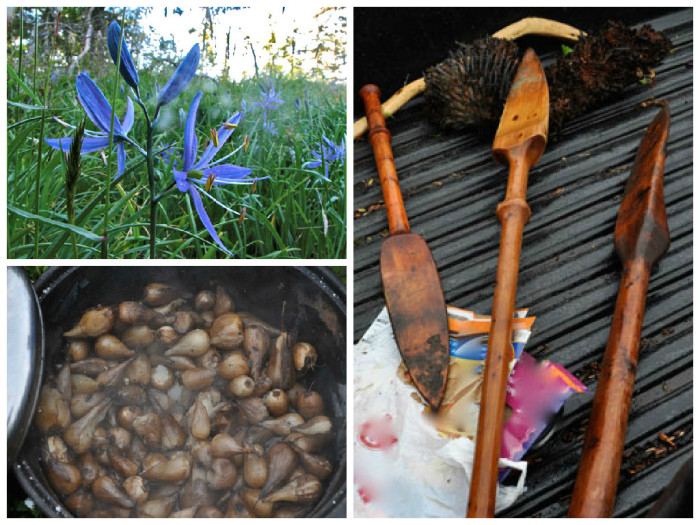In praise of the blue camas
The blue camas lily – camassia – grows from a bulb that flowers from late April to mid-May. This native plant often escapes notice because its main habitat around the Salish Sea is the Garry oak ecosystem, an environment that is rapidly disappearing because of development.
Moss and lichen cover the rocky outcrops in many of these meadows. Also growing in the very shallow soil are Arbutus trees, shrubs such as Indian plum and wild roses as well as grasses and herbs. Along with the camas, other plants in bloom at this time are white fawn lilies, western buttercup, the pink sea blush and small blue violets.
But these aren’t just pretty flowers. The cooked bulbs were a vital source of carbohydrate (sugar) for our Coast Salish ancestors. Families had areas where they tended and harvested the bulbs after flowering.
After flowering, bulbs were dug up and prepared by steaming in pits to produce a sweet mash that could be used in all kinds of cooking. Camas bed maintenance was usually a women’s work. A digging stick made from ironwood or other hard wood would be used to gather bulbs, often as much as 2,000 kilograms in a season. Care was taken not to harvest any White camas, also called Death camas, which are highly poisonous when eaten.
The bulbs were important trading items between coastal and interior peoples, traded for other foods such as cranberries and blueberries.




